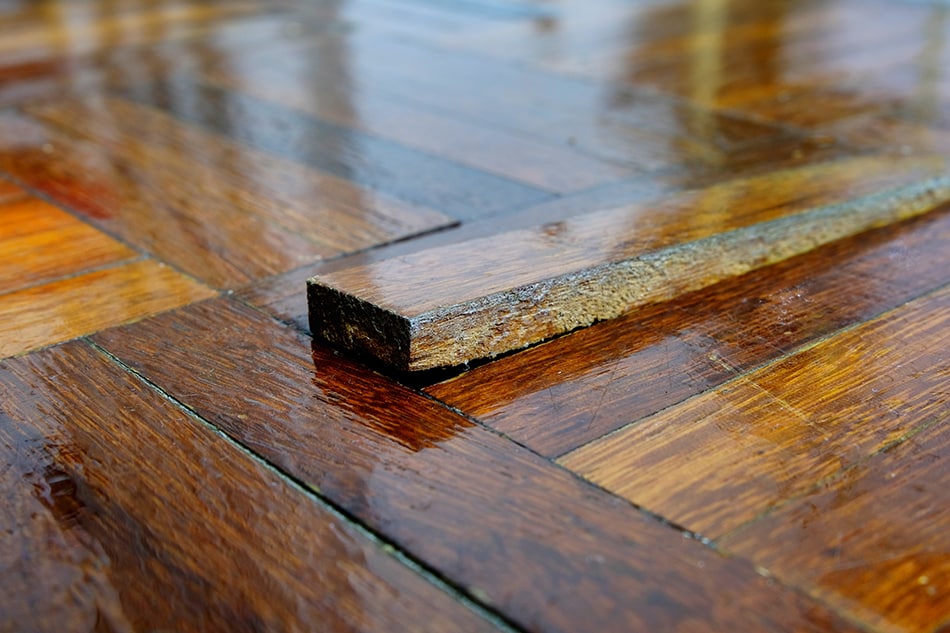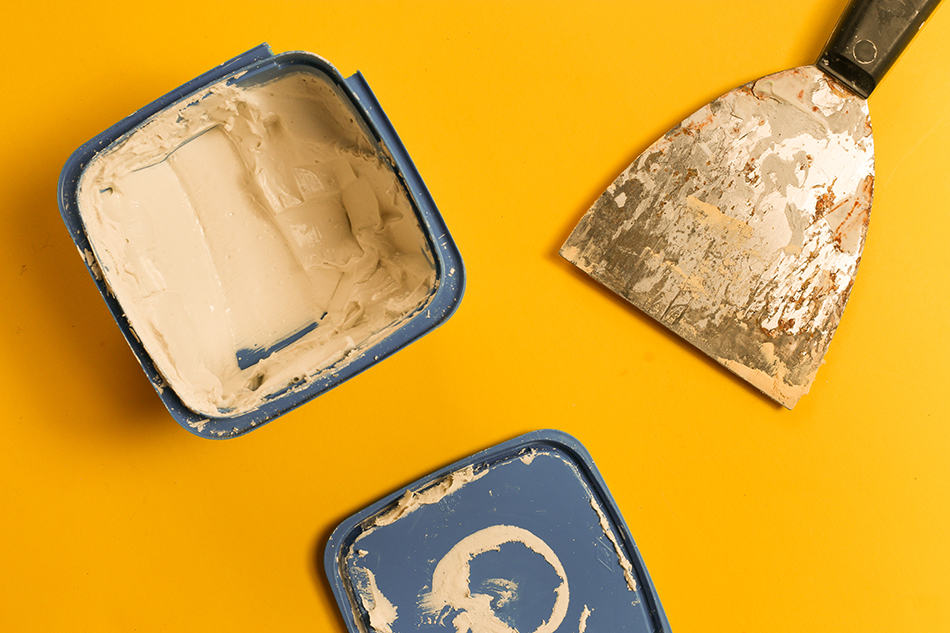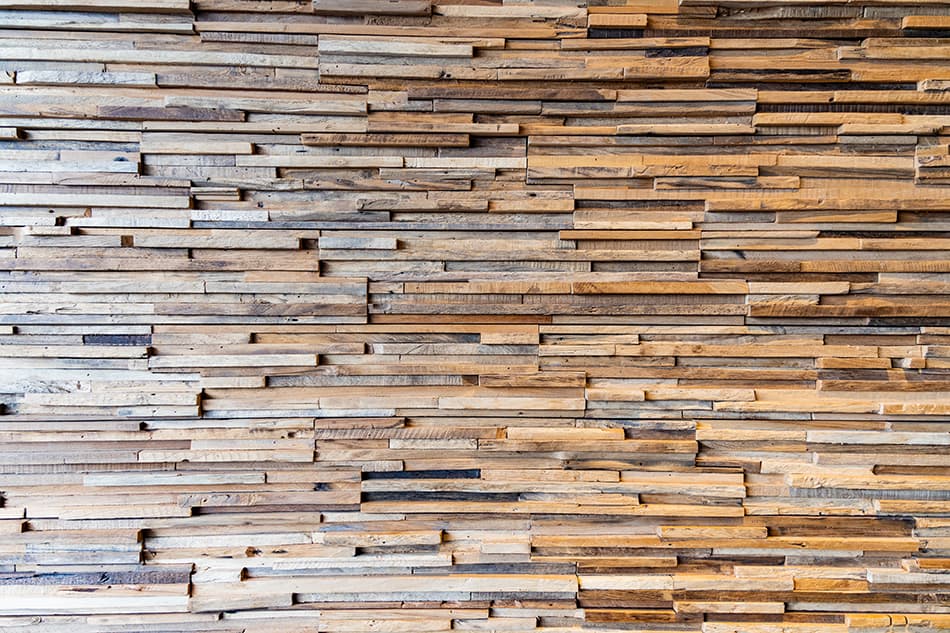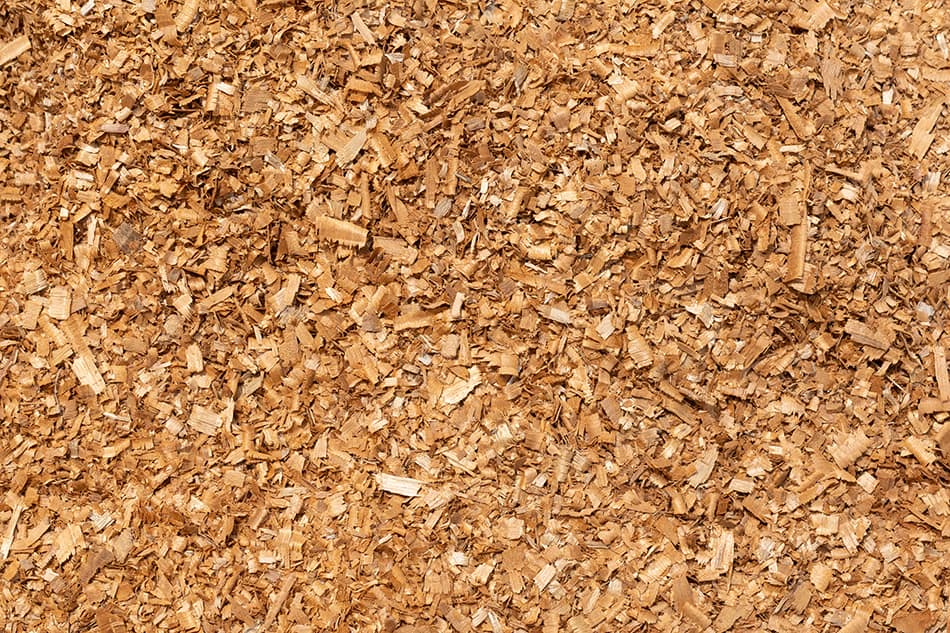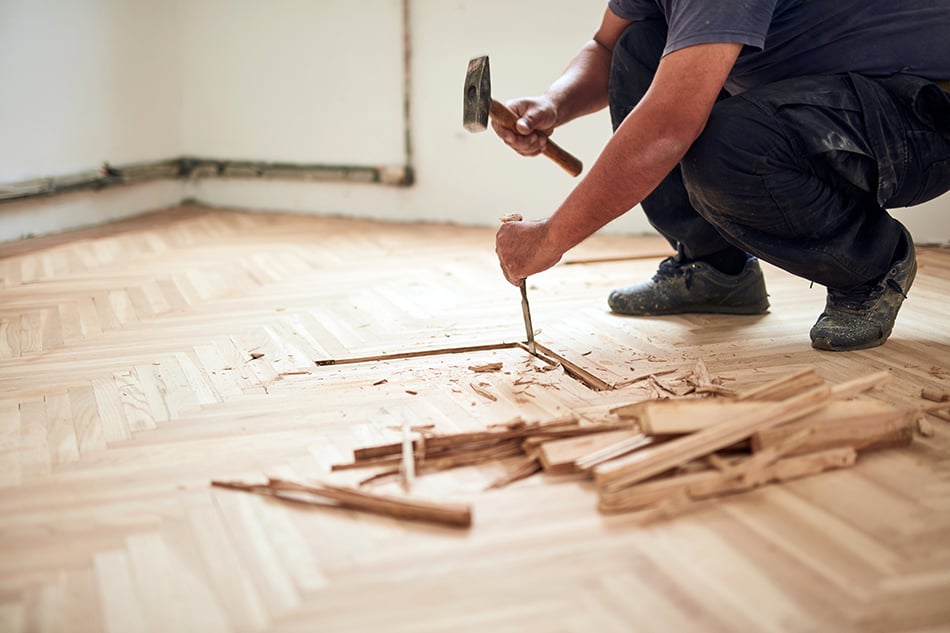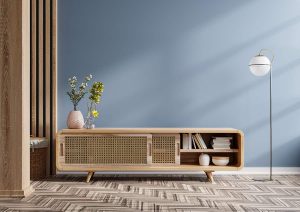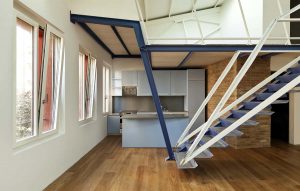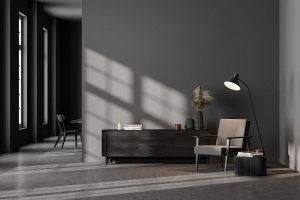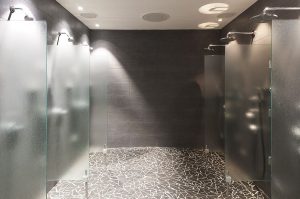While tiled floors are all the hype in multiple homes, hardwood floors are still neck and neck as an ideal homeowner’s floor material. Hardwood floors are very intimate and give off a homely vibe in any house.
Not just that, they are quite easy to maintain since they are low maintenance, they make the entire house’s interior look phenomenal, and they are also quite strong and durable. They offer great benefits just as other loved house floor materials on the market.
However, while hardwood floors look amazing in a home, they aren’t so charming when they start to warp and develop gaps in the floors. This can be a very disconcerting situation for any homeowner.
Most types of floors are affected by humidity and temperature, making them expand when exposed to heat during the hot seasons, and then they contract in the cold winter weather. With moisture, they swell, and when the moisture dries out, they shrink.
What this implies is, this warping effect is part of the gig once you install these floors. But what happens if these gaps become too big and are present all year round? That means these gaps need to be fixed. Here are the top recommendations on how to do this.
Narrow Gaps and Temporary Solutions
We’ll look at fixtures for narrow gaps that aren’t that worrying and can be repaired with an easy fix.
Wood Filler
This isn’t the best recommendation for fixing your gaps because it doesn’t have a long-term solution. The filler will eventually crack and crumble since the wood will continue to respond to the prevailing temperatures and humidity in the house.
Nonetheless, if your wood damage isn’t too extreme and you have no budget for more significant long-term solutions, then applying this filler will work in the short term as you look for a more permanent remedy. Fill in your gaps with the filler using a caulk gun.
First, vacuum the gaps using a hose attachment so that no debris gets in the way of the adhesive. Squirt little portions for every 5cm and rub it in circular motions to make sure it gets in well. It’s important to note that the wood will expand during the summer, therefore apply only what’s needed and not too much that will eventually break.
Large Gaps
For more long-lasting treatments and much more busted floors with large gaps, different techniques will be used. These are much more expensive but durable.
Wood strips
In this instance, you’ll fix your floors with small strips of wood that are of the same material as your wood floors. Measure the size of the gaps and cut out the strips to match the gap.
Glue on either side of the wood place them in the gap, and secure it in lightly with a hammer. Wipe the excess glue with a damp rug and let it dry. Sand the area to ensure the wood is well, even without any peaking spots from the newly installed strips.
Rope
This is the oldest way of fixing floors on this list. You’ll need to get a good quality rope, like cotton or jute, and not synthetic that won’t provide long-term benefits.
Like with the filler, you’ll need to vacuum the gaps to clear any debris and old putty. Make sure the diameter of your rope is slightly larger than the gap, stain it to match the color of your wood floors, and stick it into the gaps. Trim any excess rope that’s sticking out with a utility knife that’s sharp enough.
Using sawdust and resin
Here’s another method that is guaranteed to repair your gaps and make your floor look pristine. Use sawdust obtained from sanding the floor. Mix this dust finely with a clear resin in a bucket and then begin to apply it to the affected areas.
It’s important to note that resin dries very quickly; therefore, you’ll need to move fast, even faster if this is done during the warmer seasons. Depending on the extent of the damage, go over the gaps two to three times to make sure the solution sticks, and go as far as buffing for every try.
Leveling out the humidity
The majority of floor gaps come from bad weather and humidity levels; hence, it’s important to look at an option that fixes this problem altogether. Find the delicate balance that secures your home’s humidity relatively between 35%-55%, which will protect your wood from shrinkage, expansion, cracking, and the like.
While purchasing a humidifier is expensive, it will eliminate most of these issues in one go. Ensure that you buy a humidifier that is well suited to cover the entire house with even temperature, and also hire a seasoned professional to install it for you.
Replacing the entire floor with new wood
If all these options don’t work well for you, then perhaps your gaps are too large and too many, and the best option while expensive is to replace the entire floor with new wood.
This could be the case if the house hasn’t fully been taken care of, or perhaps your floors are waterlogged and just can’t be repaired any other way. In this case, you may need to hire a professional to deal with this fixture.
Final Thoughts
Fixing gaps in your hardwood floor is something that needs to be done as soon as the gaps arise to avoid long-term issues that are much more expensive to deal with. You’ll need to seek the consultation of a skilled carpenter and find out which gaps are normal and are most likely to expand back to shape in the summer and which are a tripping hazard.
Also, if your floors are directly above your crawl space, it’s important to ensure that this space is sealed to prevent dust and moisture from rising to the floor.
Seal the crawl space with six mil poly sheeting to limit future damage to your floors. Use any of these suggestions appropriately to have a repaired floor.
